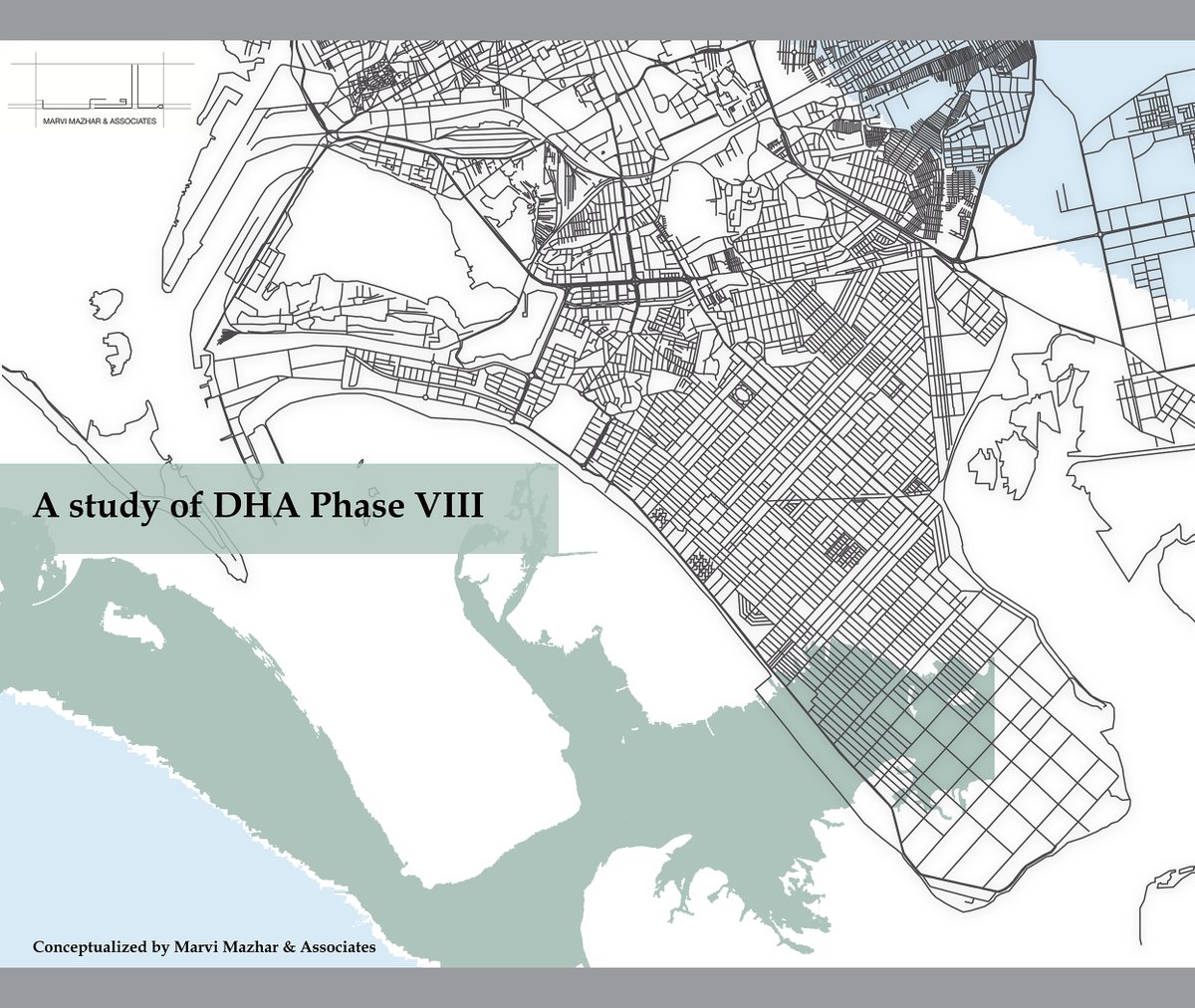After posting the rooftop image, I got a lot of questions. I am motivated to share our 10 year journey. I have witnessed these mechanisms in neighborhoods like PECHS, Azam Basti, many other areas. All it takes is neighborhood association. Let me share some notes
Alternative way of urban neighborhood development; @DHAKarachiOfc I have written a lot on this, it has a failed isolated grid. It doesn't involve the ideology of a neighborhood. This image below is my street in a non DHA zone. We have 30 houses, build an internal association. 

We recycle, we have planted more than 70 trees outside. You can see it is the greenest street in the neighborhood. Neighbors take care of street dogs, feed them, children play safely outside like how we use to when we were growing up. There is a lot of trust and care involved.
We organize our trash and our local chacha comes, who has been working with us since last 10 years or more. We give him trash after separating it in our kitchen. He parks his cart, brown bag is all wet waste and white is all recyclable objects. @Solidwastemngt #SouthAsia 

The ecosystem of our street is worth studying. This has to do with building trust and believing in mohalla dari. The street has definitely seen a change in last 5 years, where we have now become hosts to many different specie of birds, and the quality of living has changed.
My father and two other neighbors worked on this very hard. We children now follow the foundation of these strategies. Everything is recycled, wastewater is utilized. 'Urban interventions' is a collective term & involves practices for new subversive use of space in architecture. 

We may all have the strength to grow our own produce, in any given non contested spaces. The state needs to provide platforms, short loans and mechanisms to make neighborhoods better and ethical. Urban farming, recycling and safe zones is a reality of today. @SindhEco #karachi 

Just to add here: these urban intervention mechanisms through a association is done in a very transparent way. No funds are involved. Representative is elected through a tenure.
PECHs and Mohd Ali Society still have a very solid neighborhood association. It’s worth studying. I learnt through conversations and discussions.
Urban neighborhood elections may be a way forward. It is beyond religious and political betterment. It focuses on better living and ethical interventions. @tammyhaq here is a thread you want to read.
• • •
Missing some Tweet in this thread? You can try to
force a refresh

 Read on Twitter
Read on Twitter







